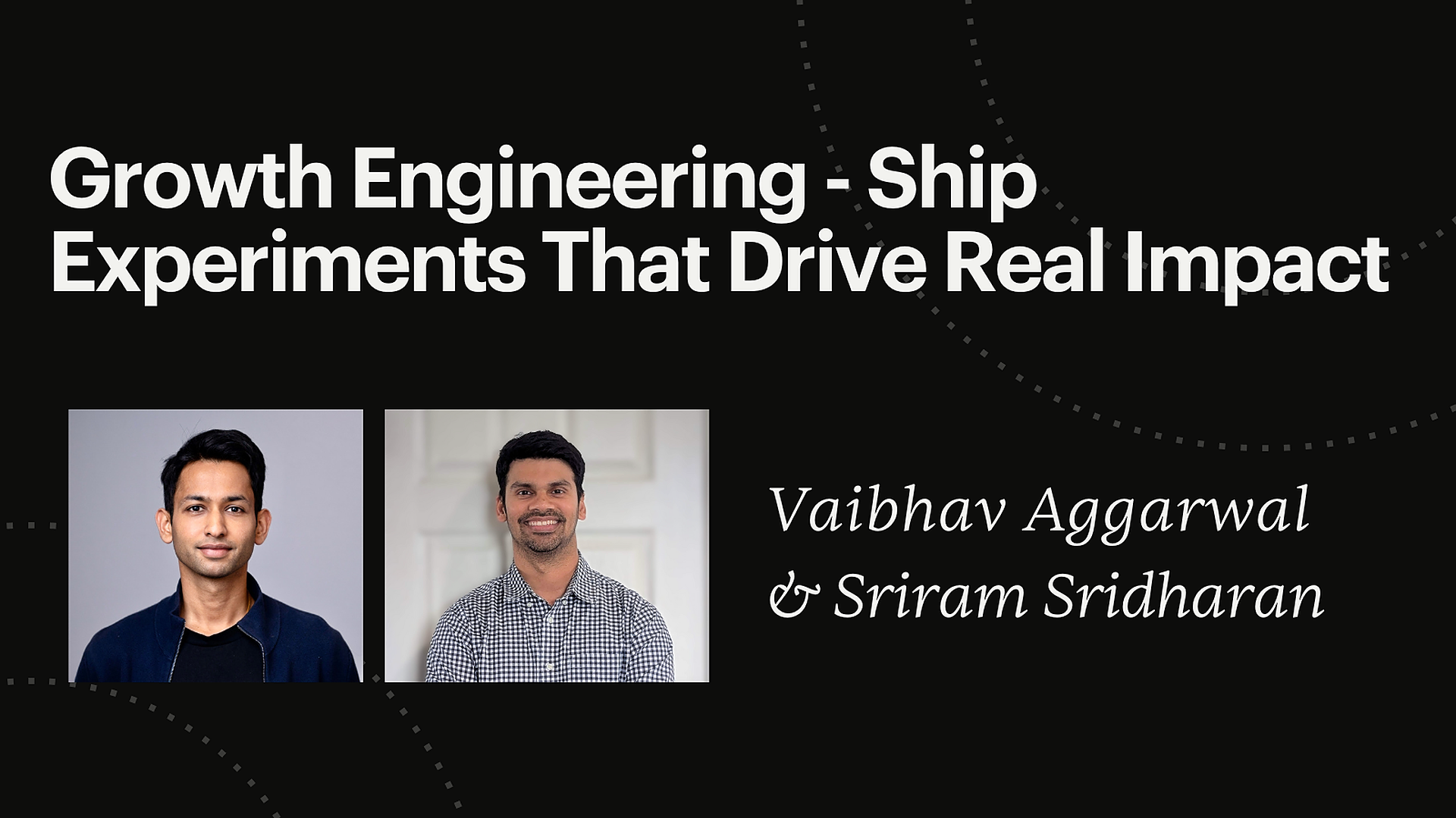Let me tell you about a feeling. It’s the 10 PM, staring-at-your-IDE, the blue light of the screen reflecting off your tired face, a-cold-knot-of-dread-in-your-stomach kind of feeling. You’ve just spent the last three months of your life, sixty, maybe seventy hours a week, pouring your heart, your soul, and all of your considerable technical skill into building a new feature. You’ve had the endless, soul-crushing meetings, you’ve debated the technical architecture until you were blue in the face, you’ve written the clean, elegant, beautiful code, you’ve crushed the bugs. You’ve done everything you were supposed to do. You ship it. And then… crickets.
You watch the analytics dashboard, and the numbers don’t move. Nobody uses it. Nobody finds it. The thing you’ve just sacrificed a significant and non-renewable portion of your one and only life for is now just a ghost in the machine, a piece of digital deadweight, a line item on a release note that nobody will ever read. And you have this deep, sinking, soul-crushing feeling that you’ve just been a very efficient, very expensive, and very well-paid cog in a machine that is going absolutely nowhere.
I have been there. I have lived in that quiet, desperate state of engineering futility for years. I am a builder. I love to solve complex problems, to create elegant systems, to make things work. But I have become increasingly, painfully aware that in the world of modern business, just making something that works is not nearly enough. You can build the most beautiful, the most technically brilliant, the most scalable product in the entire world, but if you can’t get people to actually use it, you have failed.
I’ve sat in the meetings. I have seen the profound, almost comical disconnect between the departments. The marketing team is over here, living in their own universe, talking about funnels and CAC and LTV. The product team is over there, in their own silo, talking about roadmaps and feature parity and what the competition is doing. And the engineering team, my team, is in a different room, a different building, a different planet, talking about microservices and database schemas and code coverage. We are all supposedly working on the same product, but we are not working together. We are all speaking different languages. And the inevitable result of this is a beautiful, technically sound, and well-architected product that is a ghost town.
That’s the exact frustration, the deep, gnawing sense of a lack of any real impact, that led me to start looking for a different way of thinking, a different way of working. I started hearing the whispers from the more progressive corners of the tech world about a new kind of engineer, a new kind of team: the Growth team. And that’s what led me, with a massive, almost crippling dose of skepticism, to the Growth Engineering course by Vaibhav Aggarwal on the Maven platform. This wasn’t another course on how to write better code, how to learn the latest JavaScript framework. This was a course on how to write code that actually matters. It was a promise to teach a different way, a more integrated, more data-driven, and ultimately more impactful way to be an engineer. It felt less like a course and more like the missing piece of my entire professional education, the part they never, ever teach you in computer science school.
I was cynical, of course. My brain is hardwired to be. I have seen enough corporate buzzwords and management fads to have a deep and abiding distrust of terms like “synergy” and “growth hacking.” I was expecting more of the same. A bunch of abstract, theoretical frameworks that would sound good in a meeting with a vice president but would have absolutely no real-world application.
But the foundation of this course was something much deeper. It was a philosophy. And the core idea, as I came to understand it, was a direct, unapologetic assault on the “feature factory” mentality that plagues so many tech companies. You know the one. The endless, soul-crushing, and ultimately pointless cycle of building features, shipping features, and immediately moving on to the next feature, with no real thought or rigorous analysis given to whether any of it is actually moving the needle on the only metrics that truly matter: user acquisition, user retention, and revenue.
The philosophy of Growth Engineering is that growth is not something that the marketing team tries to sprinkle on at the end, like some kind of magic fairy dust. It is not an accident. It is not a matter of luck or a viral whim. Growth is something that can and should be engineered. It is a systematic, scientific, and data-driven process of building, testing, and learning. It’s about treating the product not as a static, finished, and perfect thing, but as a living, breathing organism that is in a constant, and necessary, state of evolution.
This was a profound, and deeply uncomfortable, shift in perspective for me. It was about breaking down the thick, impenetrable silos that exist between engineering, product, and marketing. It was about creating a new kind of cross-functional team, a Growth team, where the engineers, the product managers, the data analysts, and the marketers are all working together, in the same room, speaking the same language, and obsessively focused on the same single goal: moving a single, critical metric.
It was about understanding that an engineer’s job isn’t just to write code. An engineer’s job is to solve problems. And the biggest, most important problem that any business has is the problem of growth. This course was about giving engineers the tools, the mindset, and the permission to start working on that bigger, more important problem. It was about turning engineers from passive, ticket-taking code monkeys into proactive, data-informed drivers of business growth.
So what does this actually look like in practice? It’s a relentless, disciplined cycle. It starts with data analysis and insight generation. You learn how to dive into the raw, messy data of a product, how to use the tools to analyze user behavior, and how to find the hidden opportunities, the points of friction, the leaky buckets in the user journey. Then, you learn how to move from those insights to ideation. You learn how to brainstorm a hundred different potential solutions, a hundred different small, testable experiments you could run to try and fix the problems you’ve identified. And then, you learn how to ruthlessly prioritize those ideas, using frameworks that help you identify the experiments that have the highest potential impact for the lowest amount of engineering effort.
And the core of it all is the Experimentation Engine. You learn the nitty-gritty of how to design, build, and analyze A/B tests. You learn about the technical infrastructure that is required to run experiments at scale. You learn about the statistical principles of significance and confidence, so you know, with a high degree of certainty, whether your changes are actually making a difference.
So who is this really for? This is for the Software Engineer who is just so tired of the feature factory, who is tired of building things that nobody uses, and who is desperately looking for a way to have a bigger, more meaningful impact on the success of their company. This is for the Product Manager who wants to move beyond just writing specs and managing backlogs, and who wants to learn a data-driven, experimental process for building products that people actually love and use. This is for the Data Analyst who wants to see their insights actually turned into action. And this is for the early-stage Founder who has to be their own head of growth. This is not for the person who just wants to stay in their lane. This is for the builders, the problem-solvers, the people who are not satisfied with just building a beautiful machine, but who are obsessed with making sure that that machine actually works, and works at scale.
The benefit isn’t just a new skillset. It’s a new identity. You stop being a cog in the machine. You become a strategic partner. And for me, the biggest benefit was the end of the futility. The feeling that I was just building features that nobody wanted was replaced by a sense of purpose and impact. I was no longer just building the product; I was building the business. And that has made all the difference.









Reviews
There are no reviews yet.